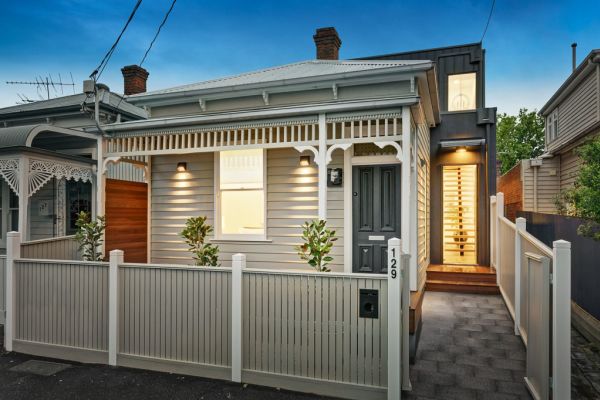Bringing natural and organic elements into your living space can have a number of benefits. Stunning interior designs often find inspiration in the landscapes we find most beautiful, using characterful wood, intricate floral patterns, and uplifting natural light. These features have the potential to rejuvenate residents, offering an escape from urban living, without the cost of actually being outside and exposed to the elements.
Making your home’s design feel closer to nature isn’t as straightforward as it might seem, however, and hosting a number of houseplants simply won’t cut it. Instead, determined homeowners will have to rethink their entire interior design and even take on the odd renovation project, especially if they want to achieve all the benefits that a nature-inspired home can offer.
Clear Away The Artificial
Fundamentally, a natural home must generally turn away from the artificial materials that many modern interiors rely upon. This means choosing natural wood or bamboo floorboards instead of vinyl or laminates, and having a preference for metal and glass over plastics. Homes can also utilise exposed brick and stone to embrace natural elements too, keeping their aesthetics on show instead of masking them with paints or drywall.
Create New Spaces
Expanding your home is an attractive option for many reasons, not in the least because of the potential value it adds to a property. However, expanding a living space is also a great opportunity to create an entirely natural respite within a home. Conservatories and log cabins are both excellent choices for residents wanting to create spaces that easily integrate into their natural surrounding environment.
Open Spaces To Light
Even a room designed with only organic materials, such as wood and stone, will still feel less natural, and often smaller, when illuminated in mostly artificial light. Optimising the amount of natural light in a room can be a challenge, especially with small windows or for rooms facing away from the sun. However, it is not impossible. Exchange curtains for thinner alternatives and add mirrors to empty vertical spaces, especially in small rooms. Then, be sure to steer away from bold primary colours and paint with neutral pastels.
Design Sustainably
Aesthetics aren’t the only way a home can feel more natural and sustainable decision-making in design can make a significant difference too. Reclaimed materials and upcycled furniture are a wonderful starting point and can be an impressive statement piece for spacious rooms. They may require some craftwork, especially upholstery, but the result will be a unique piece of furniture and one that will certainly be a talking point.
Consider Your Accessories
The embellishments of a space may not individually influence an entire style but, collectively, they are very important. Review the items in a living space and consider potential natural alternatives. Frames can be made with exposed wood, lamps from rattan, and chair frames from unfinished metal, all of which help contribute to a more organic home, one that is confident in its connection to nature.

